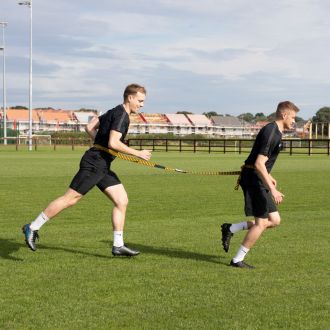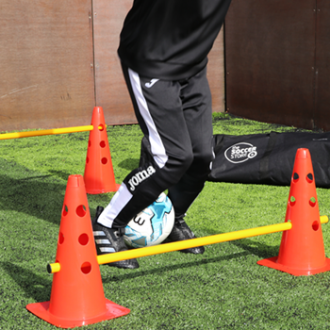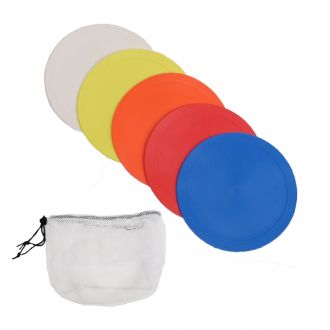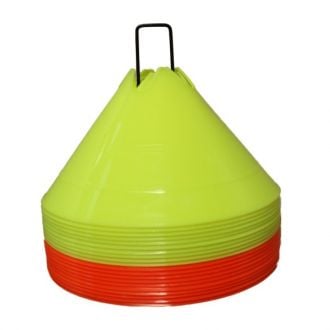5 Training Drills for Improving Agility on the Football Pitch
Agility involves strengthening and conditioning certain muscles and tendons within the legs and back. It also involves maintaining balance, body control and foot speed whilst making sharp turns and staying in control of the ball. It is critical in today’s game, as football is now played at a frenetic pace at most levels.
In order to improve core strength and conditioning, players need to embark on a schedule of regular training drills aimed at improving these attributes. And although the drills shouldn’t be exhausting, they should be carried out with a similar level of intensity as a real match delivers. There are five drills in particular that are excellent for improving the agility of players at every level of the game.
1. Weave in and weave out
Start by placing four training cones at 3-yard intervals in a straight line. Training cones should then be placed halfway between each of the first four, but three yards to the left. What you should be left with is a slalom course. The player starts by weaving in and out of the seven cones – bending down to touch each one in turn. Rather than have the player turn to face each cone, however, the emphasis should be on quick side-steps. Once the player has reached the seventh cone, he or she should sprint back in a straight line to the start.
2. Follow my lead
Use training cones or markers to create a square training area measuring 20 yards by 20 yards. Players should then be divided into pairs – preferably with similar sprinting capabilities. The idea of this exercise is to make one player the leader, and the other the chaser. The leader must sprint around the training square at varying speeds, making quick and random turns at regular intervals. The chaser must follow the leader at every turn, making sure never to fall more than two yards behind. This is a great drill for building core strength, awareness and foot speed.
An evasion or escape belt can be used for this exercise if you have one.
3. Sprint to the centre
This is an exceptionally simple drill, but it really gets the blood pumping and the feet moving. Mark out a square of ten yards by ten yards using small training cones. Each corner cone in the square should be given a number, and a starting cone should be placed in the centre of the training square. Someone should be assigned as a number caller, and that person should start the drill by calling out each of the four cone numbers at random. The player at the starting cone must sprint to the numbered cone just called out, bend down to touch it, and then sprint back.
4. Shuttle runs
Start by placing two training cones 20 to 30 yards apart. A third marker should be placed exactly halfway between the first two, but this one needs to be four yards to the left. The player must start the drill at the middle marker and sprint to the end, which should be a run of between ten and 15 yards. The player must then spin round and run all the way to the far cone – a sprint of between 20 and 30 yards. The player spins around one final time, and makes the ten to 15-yard sprint back to the starting position.
5. Criss-cross shuttle runs
This drill is a little more complex, but it’s lots of fun when set up correctly. Set out a cross using training cones at ten-yard intervals. Choose a starting cone, and get your players to run backwards to the middle cone. They should then quickly side-step to the left cone and side-step back to the centre. The players must then quickly turn and sprint forwards to the end cone, before running backwards to the centre again, side-stepping to the right cone, returning to the centre and then sprinting forward to the starting cone. This drill gets all of the leg’s muscles and tendons working in tandem.
Agility training must become part of your weekly training schedule if it is to deliver long-lasting results. However, as all you need to successfully complete these drills are cones or markers, they can be easily integrated into your team’s weekly training regime.





